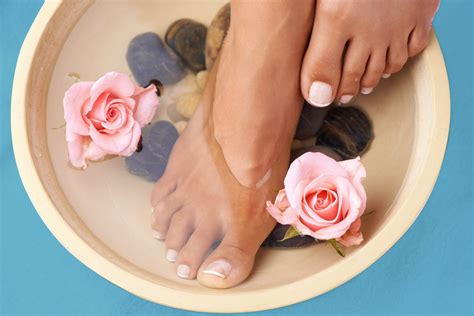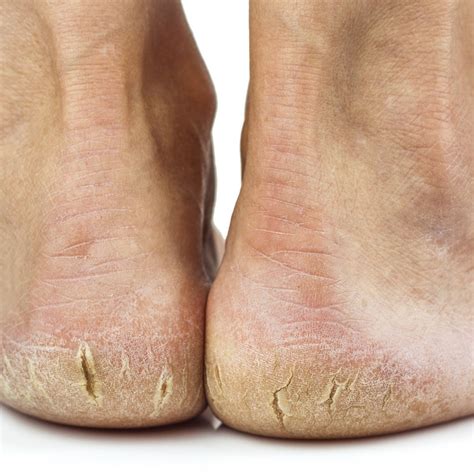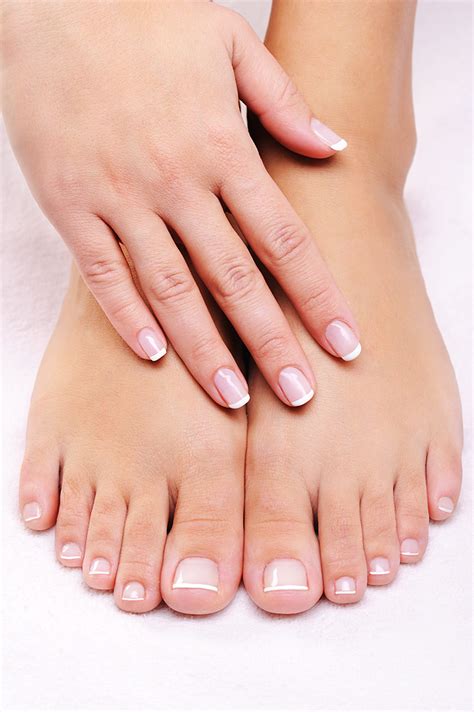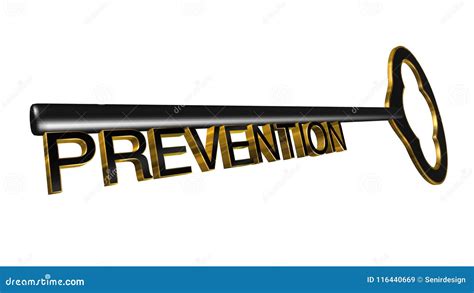Having cracked feet can be a frustrating and painful condition, affecting not only our physical comfort but also our self-confidence. It's a common issue that many people face, especially during dry weather or as a result of certain lifestyle factors. The good news is that there are several effective ways to treat and prevent cracked feet. In this article, we'll delve into the importance of foot care, the causes of cracked feet, and most importantly, provide you with actionable tips to heal and protect your feet.
Cracked feet, also known as heel fissures, occur when the skin on the heel or sole of the foot becomes dry and cracked. This condition can be caused by a variety of factors, including dry skin, prolonged standing, walking barefoot, or wearing shoes that are too tight. If left untreated, cracked feet can lead to pain, discomfort, and even infections. Therefore, it's essential to take proactive steps to prevent and treat this condition. By incorporating simple foot care routines into your daily life, you can significantly reduce the risk of developing cracked feet and enjoy healthier, happier feet.
Understanding the causes and consequences of cracked feet is the first step towards finding effective solutions. Factors such as age, climate, and certain medical conditions can increase the likelihood of developing cracked feet. For instance, older adults are more prone to dry skin, which can lead to cracked feet. Similarly, people living in dry climates or those with conditions like diabetes or eczema are at a higher risk. By acknowledging these factors, we can better equip ourselves with the knowledge needed to combat cracked feet and maintain overall foot health.
Introduction to Foot Care
Proper foot care is the foundation of preventing and treating cracked feet. It involves a combination of daily routines, lifestyle adjustments, and occasional professional treatments. By dedicating a few minutes each day to foot care, you can significantly improve the health and appearance of your feet. This includes practices such as washing your feet daily, drying them thoroughly, especially between the toes, and moisturizing them regularly. Additionally, wearing comfortable, well-fitting shoes and avoiding walking barefoot can prevent excessive strain on the skin of your feet.
Causes of Cracked Feet
The causes of cracked feet are multifaceted, ranging from environmental factors to personal health conditions. Dry skin is one of the most common causes, as it lacks the moisture needed to keep the skin supple and flexible. Other factors include poor foot hygiene, inadequate footwear, and certain medical conditions. Understanding these causes is crucial for developing an effective treatment plan. For example, if dry skin is the primary cause, then moisturizing regularly can be a key part of the solution. If the cause is related to footwear, then changing to more comfortable, supportive shoes can make a significant difference.
Tips to Fix Cracked Feet
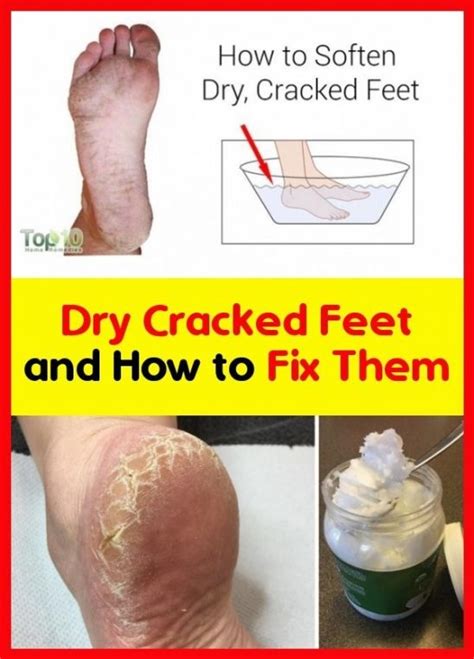
Fixing cracked feet requires a combination of immediate treatments and long-term preventive measures. Here are seven tips to help you heal and protect your feet:
1. **Moisturize Regularly**: Using a rich moisturizer, especially after bathing or showering, can help lock in moisture and soften the skin. Look for moisturizers containing natural ingredients like coconut oil, shea butter, or tea tree oil.
2. **Exfoliate**: Gently exfoliating the skin on your feet can help remove dead skin cells and promote healing. Use a pumice stone or foot file, but be careful not to overdo it, as this can further irritate the skin.
3. **Wear Proper Footwear**: Choosing shoes that fit well and provide adequate support can reduce the strain on your feet. Avoid high heels and tight shoes that can cause pressure and friction.
4. **Stay Hydrated**: Drinking plenty of water helps keep your skin hydrated from the inside out. This can improve skin elasticity and reduce the risk of dryness and cracking.
5. **Use Foot Creams or Balms**: There are many foot creams and balms available that are specifically designed to treat cracked feet. These products often contain ingredients that help to moisturize, protect, and repair the skin.
6. **Avoid Harsh Soaps**: When washing your feet, avoid using harsh soaps that can strip the skin of its natural oils. Instead, opt for mild soaps that are gentle on the skin.
7. **Consider Professional Help**: If your cracked feet are severe or persistent, it may be helpful to consult a professional, such as a podiatrist. They can provide specialized treatments, such as debridement to remove dead skin, and offer personalized advice on foot care.
Benefits of Healthy Feet
Having healthy feet is not just about aesthetics; it's also crucial for our overall well-being. Healthy feet can improve our mobility, reduce the risk of infections, and even boost our self-confidence. By taking care of our feet, we can prevent a range of foot-related problems, from minor annoyances like foot odor to more serious conditions like foot ulcers. Moreover, healthy feet can enhance our quality of life, allowing us to engage in physical activities without discomfort or pain.
Prevention is Key
Preventing cracked feet is often easier than treating them. By incorporating simple preventive measures into your daily routine, you can significantly reduce the risk of developing cracked feet. This includes maintaining good foot hygiene, wearing comfortable shoes, and moisturizing your feet regularly. Additionally, being mindful of your lifestyle and environmental factors can help you avoid situations that might lead to cracked feet. For example, wearing shoes in dry, cold weather and using a humidifier in your home can help maintain the moisture level of your skin.
Common Mistakes to Avoid
When dealing with cracked feet, there are several common mistakes that people make, which can hinder the healing process or even make the condition worse. One of the most significant mistakes is over-exfoliating, which can remove too much skin and cause further irritation. Another mistake is using harsh chemical products that can dry out the skin even more. It's also important to avoid walking barefoot, especially on rough or hot surfaces, as this can cause additional strain and irritation to the skin.
Conclusion and Next Steps
In conclusion, treating and preventing cracked feet requires a comprehensive approach that includes daily foot care routines, lifestyle adjustments, and occasional professional treatments. By understanding the causes of cracked feet and implementing the tips outlined in this article, you can take significant steps towards healing and protecting your feet. Remember, prevention is key, and maintaining good foot hygiene, wearing comfortable shoes, and moisturizing your feet regularly can go a long way in keeping your feet healthy and happy.
If you found this article helpful, we invite you to share your thoughts and experiences with cracked feet in the comments below. Your feedback and questions are valuable to us, and we're here to provide you with the information and support you need to achieve healthier, happier feet. Don't forget to share this article with friends and family who might benefit from these tips, and consider subscribing to our newsletter for more health and wellness advice.
What are the primary causes of cracked feet?
+
Cracked feet are primarily caused by dry skin, poor foot hygiene, inadequate footwear, and certain medical conditions. Understanding these causes is crucial for developing an effective treatment plan.
How can I prevent cracked feet?
+
Preventing cracked feet involves maintaining good foot hygiene, wearing comfortable shoes, moisturizing your feet regularly, and being mindful of your lifestyle and environmental factors. Simple preventive measures can significantly reduce the risk of developing cracked feet.
What are some common mistakes to avoid when treating cracked feet?
+
Common mistakes include over-exfoliating, using harsh chemical products, and walking barefoot on rough or hot surfaces. Avoiding these mistakes can help prevent further irritation and facilitate the healing process.
